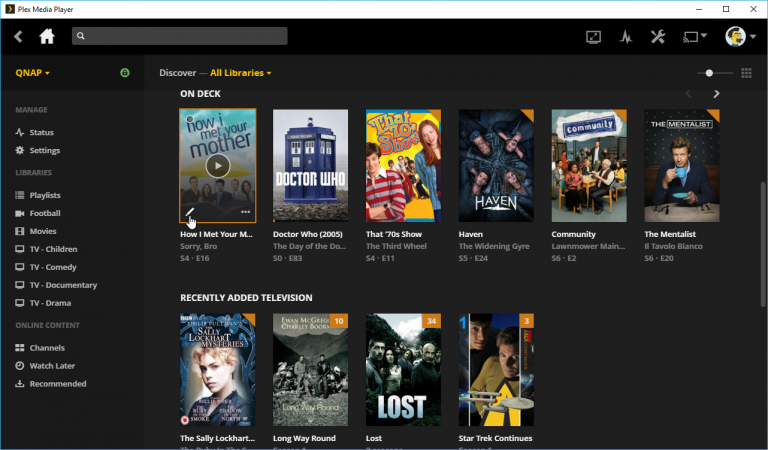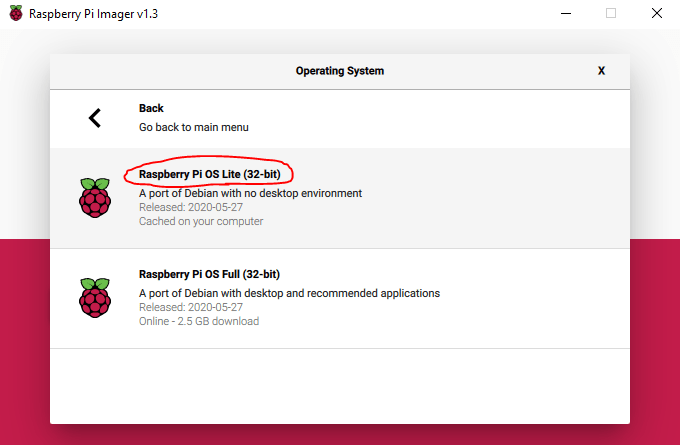

Is the data directory a candidate to be relocated (/var/lib/jellyfin/data). It lists the log directory but I cannot determine how to inform jellyfin in the web admin that I have moved it. Question: Given the size and slowness of the sd card this generally gets installed upon why are there no instructions to relocate directories like the cache directory, the log directory, the metadata directory and the transcodes directory? The jellyfin web admin permits movement of three of those cache, metadata and transcodes. There are a bunch of settings that can be changed here. The setup process is now complete and your data will now sync! If you’d like to modify some of the admin settings, select Settings and then Dashboard under the admin section.

If you’d like to access your data remotely, I suggest that you open the port directly on your router ( using a reverse proxy manager like nginx proxy manager would be even better) as opposed to using UPnP.ġ6. I highly suggest that you keep the second UPnP option deselected, as UPnP is an overall security risk. Select your preferred metadata settings and select Next.ġ5. Do steps 11 and 12 for all media types that you have and then select Next.ġ4. Make sure you pick the folder that is related to the content type you selected in the previous step!ġ3. In this section, you will need to select the folder that you mounted earlier. Select Add Media Library, enter the content type and then add a new folder.ġ2. You will now need to enter your media libraries. Enter a username and password and select Next.ġ1. You will be brought to the default Jellyfin page. Navigate to the IP address of your Raspberry Pi and port 8096 to access Jellyfin. sudo apt install apt-transport-httpsĮcho "deb $( awk -F'=' '/^ID=/' /etc/os-release ) main" | sudo tee /etc/apt//jellyfin.listĨ. Run the commands below, in order, and Jellyfin will be installed. Installing Jellyfin on a Raspberry Pi is very straight forward. When it boots back up, navigate to the folder that we mounted using the commands below and you should see your external hard drives files. It is also important to note that the “nofail” parameter allows you to boot the Raspberry Pi without the external hard drive attached – if this doesn’t exist, your Raspberry Pi will throw an error when the external hard drive is not connected and won’t boot.

NOTE: You must “tab” between each block of text (each space below). Enter in the line exactly as shown (add your UUID and drive type) below and write out the file by pressing CTRL + O when complete. Run the command below and copy the UUID of the external hard drive. Find your external hard drive in this list. Run the command below to get the list of hard drives that we have attached to our Raspberry Pi. First, we will create a directory where the external hard drive can mount when our Raspberry Pi is booted.


 0 kommentar(er)
0 kommentar(er)
